I was sad to see the final episode of the BBC’s charming docuseries, A Very British Romance, come to an end with its third episode. I am also a buzz with all of the fun things that I learned about the world of romance and courtship as we know it today, and how some of my favorite historical figures and events played a role. The series has given me a long list of study topics that should keep me busy for a very long time. Plus, I am now a huge fan of host Lucy Worsley and am enjoying keeping up with what she has been up to since making the show. She has recently published a book titled The Austen Girls that I am excited to get my hand on and report on (it is set for release in April).
Episode three of A Very British Romance covered love, romance, and sexuality in Britan during the years of World War I and II and the ways that the wars revolutionized modern courtship at lighting speed. The docuseries ended by highlighting the progress of the gay rights movement in recent years and that way that, as host, Lucy Worsley states in her final words of the show: “happened because of the overwhelming importance we now place on romantic love.” Worsley credits a lot of the change of custom that took place in society during the wars years for this emphasis.
Here are a few of my favorite parts of such changes as featured in episode three of A Very British Romance.
Dr. Marie Stopes’ marriage manual
The episode got off to a fun start with the exploration of Dr. Marie Stopes and her progressive take on marriage and intimacy. This was fun for me as I am familiar with Dr. Stopes and her work, but still, I learned some very fun tidbits about the uproar she caused when she dared to provide instruction to couples on maintaining intimacy.
In the years immediately following World War I, women’s needs and desires were taken into consideration more than they had previously. After all, so many women had become absolutely indispensable to the war effort and weren’t very keen on moving backward. Dr. Marie Stopes saw a need for both information given to couples and a continuing validation of women’s happiness and satisfaction inside of their marriages. Married Love was her answer.
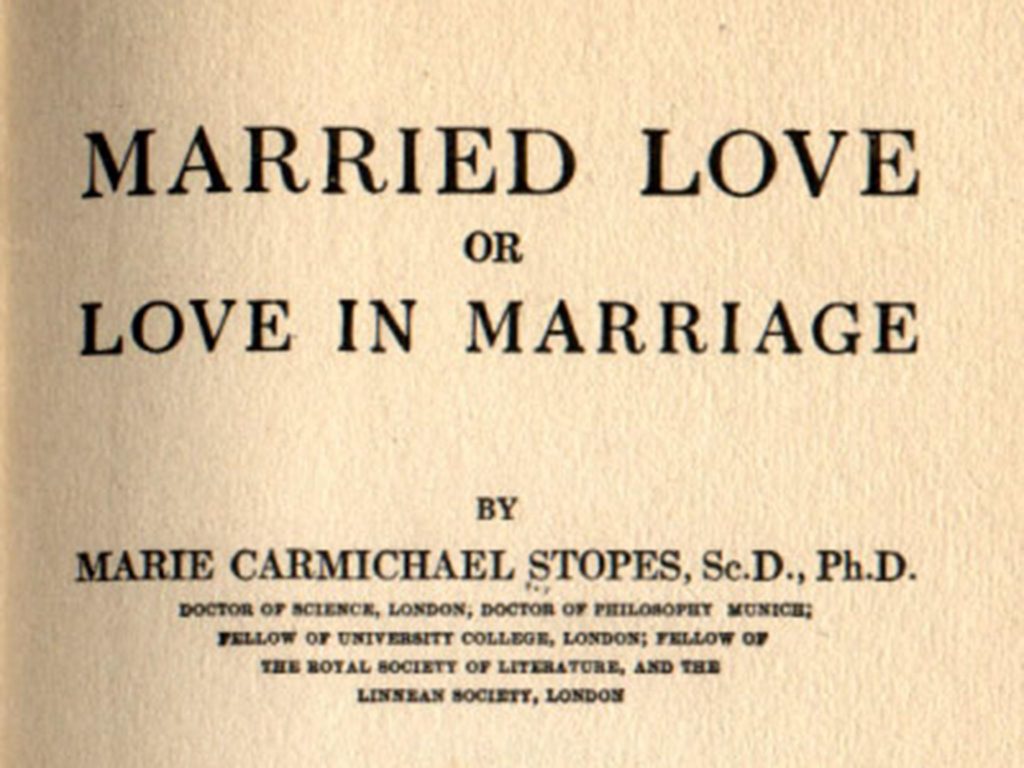
After the publication of her book in 1918, Dr. Stopes would receive up to 500 letters a day from readers both thanking her and asking for her advice on relationship matters. In my favorite part of the episode a letter was read from a woman asking Stopes’ advice upon being told by her fiance that although he loved her very much, he could not forsee beginning a family, as he felt no physical attraction to her. Stopes’ adamant reply was that she stay away and call off the engagement.
I was so pleased to discover when writing this post that Dr. Stopes’ legacy is continuing in a very big way. Marie Stopes International was founded in 1976 and provides health services to women worldwide.
Going out to eat: a new courtship ritual
Today, a standard date for any couple, new or long-term, is going out to enjoy a nice dinner together. This courtship ritual, so taken for granted today, is relatively new, however. It was only in the years after the First World War that it became at all acceptable for a woman to go out alone with a man to a public place. Well, the war quickly changed such standards for a variety of reasons. With the big screen portraying scenes of men and women dining together, eateries sprung up all over big cities and “going out to eat” became a brand new activity.
Different from today’s dining out ritual, in the early days the man would call or go to the restaurant ahead of time to order the meal. James Pembroke, author of Growing Up in Restaurants: The Story of Eating Out in Britain from 55BC to Nowadays was a guest on the episode and provided a sample menu from this time. According to Pembroke, the gentleman would have been likely to order the following:
Caviar
Turtle soup
Salmon mousse
Chicken supreme
Asparagus salad
Light pudding
Cakes
Wine – and lots of it!
Besides the turtle soup, it’s a dinner that I’d be very pleased with! And while it sounds extravagant, Pembroke said that such dining was priced to be affordable for the average diner. In fact, going out to eat has become 150% more expensive since then.
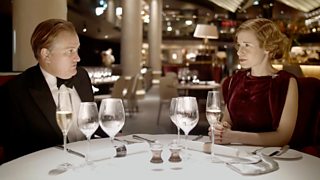
The Brighton Quickie
The Second World War brought some couples close and tore some apart. It was an age of greater allowance for pursuing personal fulfillment inside of relationships, and many couples found themselves not wanting to remain married when it all came to an end. More than ever before divorce became seen as a viable option for future happiness. The problem? It was still illegal except under very specific circumstances, adultery being one of them. What’s a couple to do?
The couple in the novel Holy Deadlock by H.P. Herbert found themselves in this very predicament. The novel, written by Herbert to expose the absurdity of divorce laws of the time, follows the antagonist through a series of attempts to secure enough evidence to present in court and secure a divorce, including some staged events in Brighton to suggest adultery.
Couples around Britain followed suit in what would become known as the Brighton Quickie. The undertaking had a tried and tested formula, as follows:
- One part of the divorce-seeking couple would find a willing participant and would travel to Brighton with said individual.
- A detective would be hired to follow the pair around town.
- The pair would register at a local hotel, causing the hotel manager to become a logical (and truthful) witness in the divorce proceedings.
- A chambermaid would be asked to cooperate and would come into the room to find the pair in bed together, later to testify in court about what she saw.
- The other part of the divorce-seeking couple would file for divorce with ample evidence that adultery had been committed.
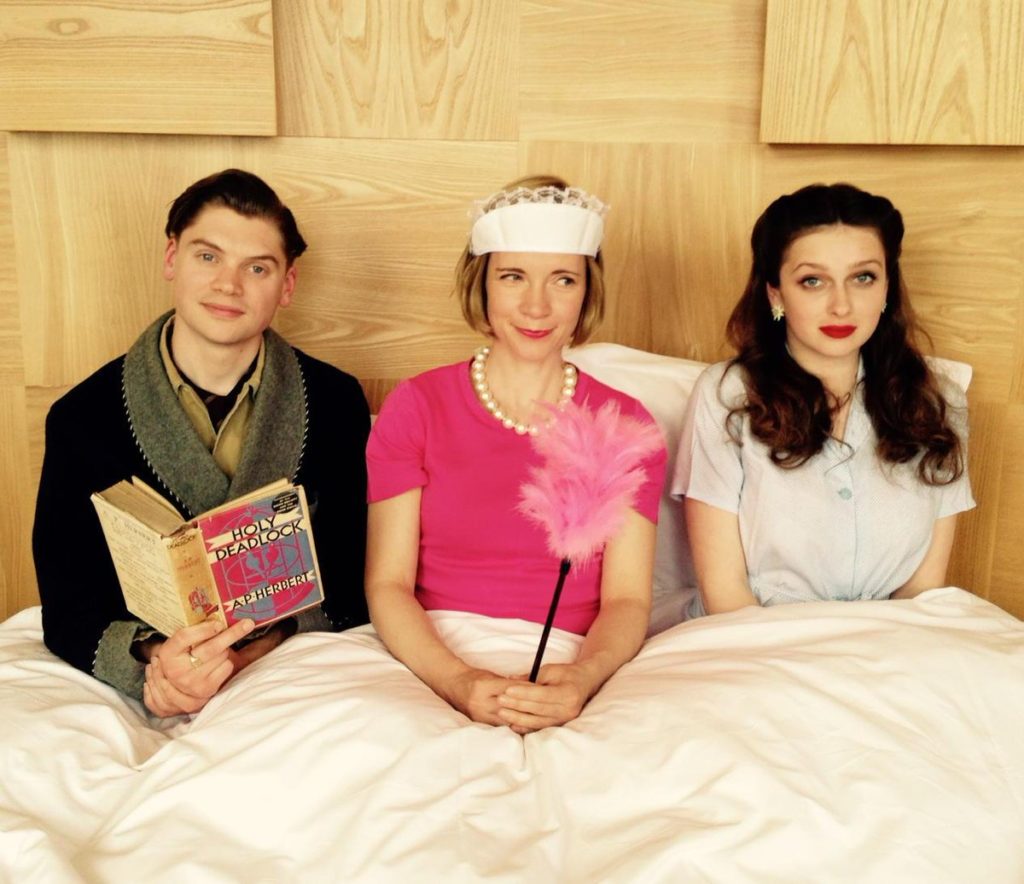
A Diamond is Forever
While the years after World War I and during World War II brought a relaxing of previous mores, when the later ended, the United States and Britain swung back toward a more morally conservative slant. With men and women alike back home, there was a cultural re-embrace of romance. More people were married in the years immediately following the end of the war than ever before, or since. The act of marriage, therefore, turned from a private event for a couple and their loved ones to an entire industry. With it, came many of the traditions that we now consider standard, including the diamond.
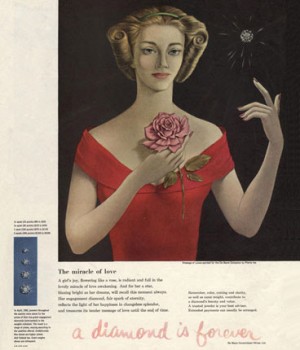
That’s right, prior to the post-war marriage craze it was customary to give your betrothed an engagement ring, but it was only after jewelry company De Beers took advantage of wedding mania with their A Diamond is Forever campaign in 1947 that the precious gem became synonymous with marriage. The campaign began in the United States and was a hit, quickly spreading to the UK and sticking around to today.
Not included in the docuseries is the fun fact that the campaign was devised by copywriter Mary Francis Gerety. Gerety was likely one of the few females in the industry at the time and I love to think of how great it must have felt for her to have launched such a successful slogan.
What’s next?
Although A Very British Romance ended with part three, I feel like it is just the beginning of a few areas of study for me. There is a long list of books mentioned in the series that I would love to read, or read again in some cases, and I’ve also got a list of topics for further investigation! Was there something that I mentioned that you would like to hear more about or something from the series that piqued your interest? I’d love to hear from our readers about what they thought of the series.

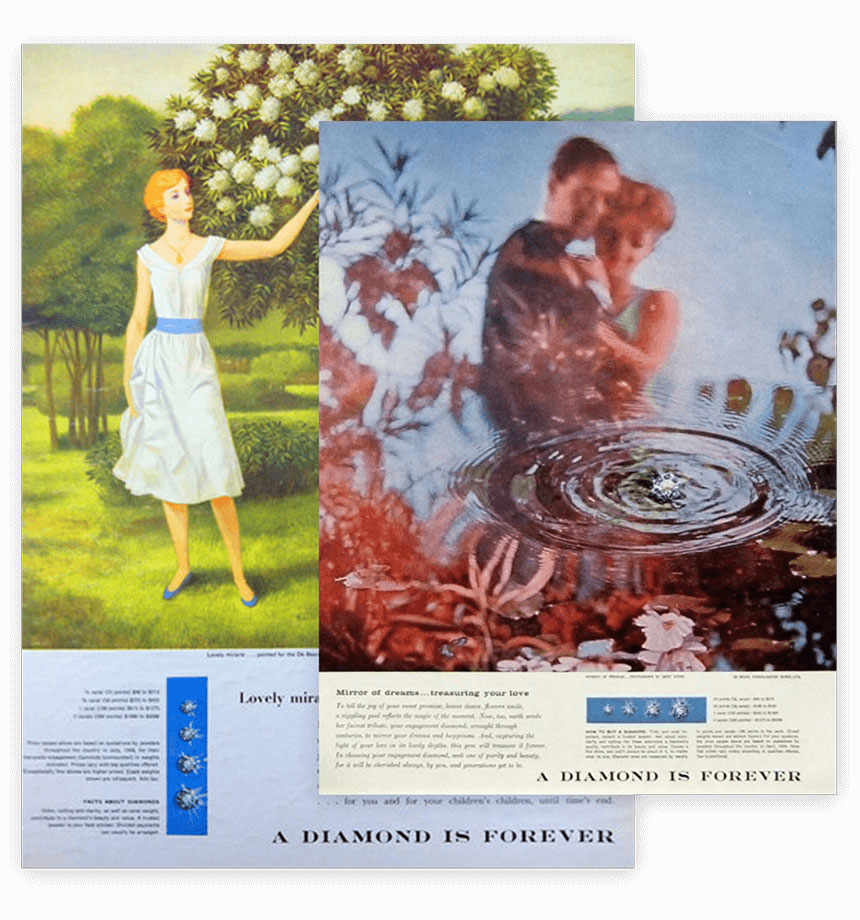

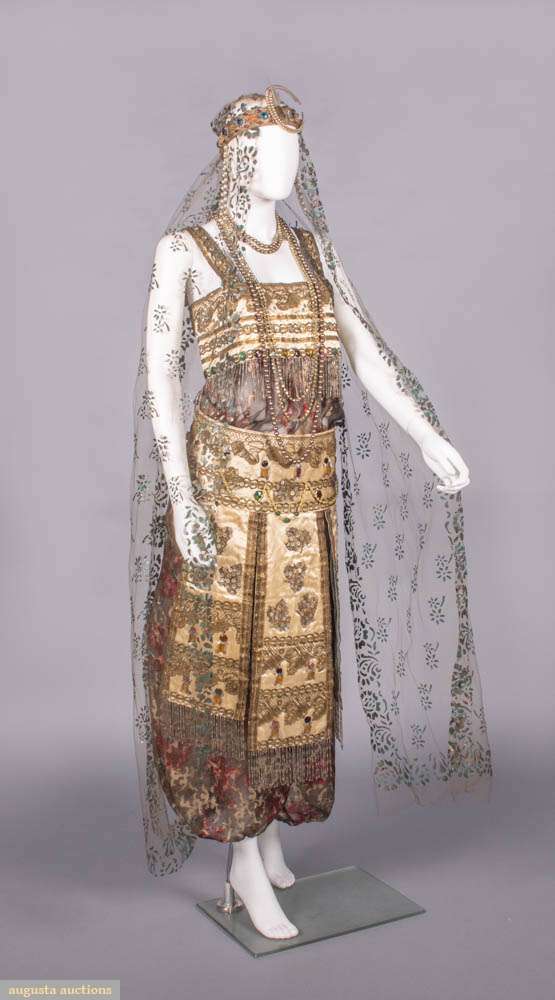







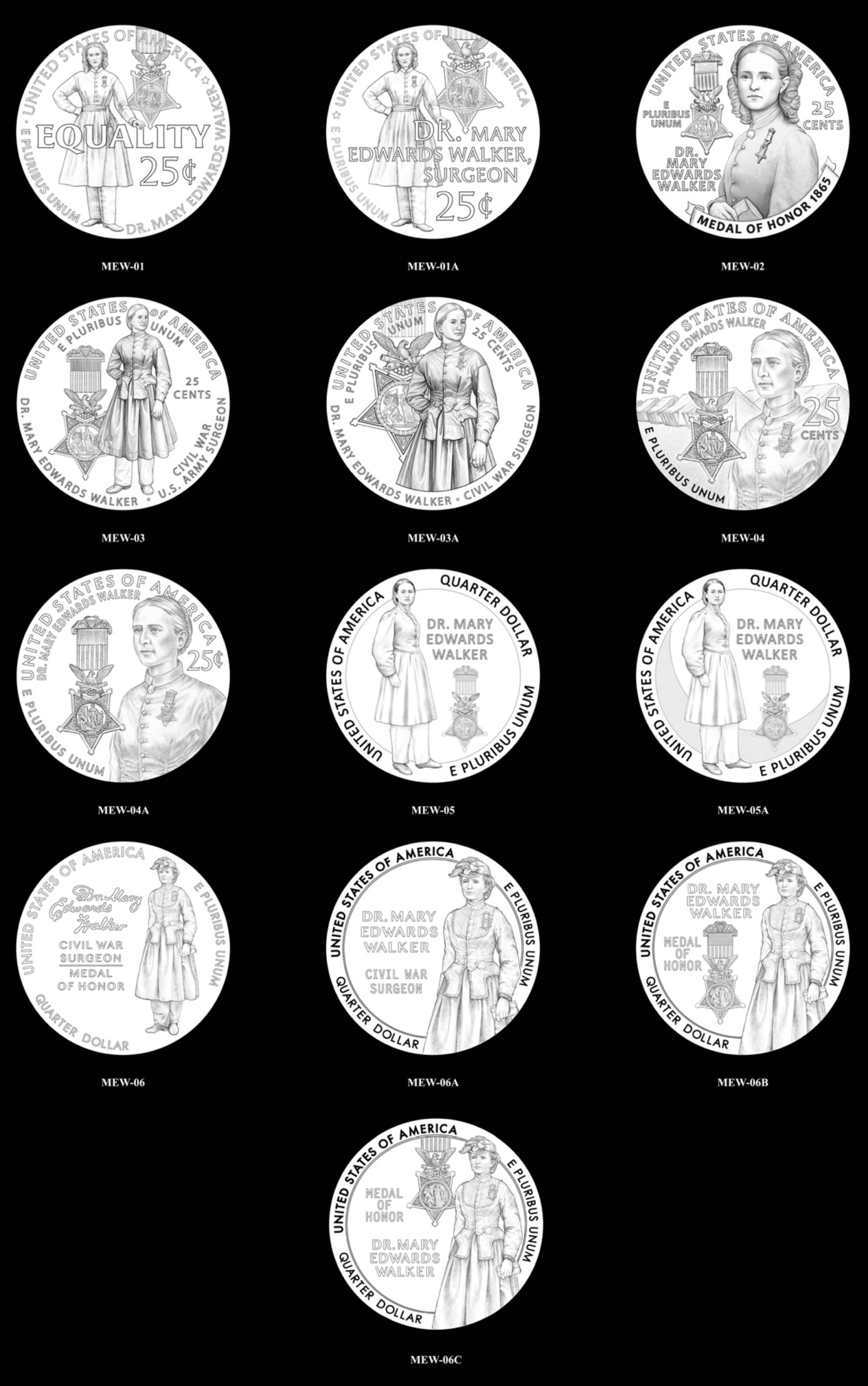
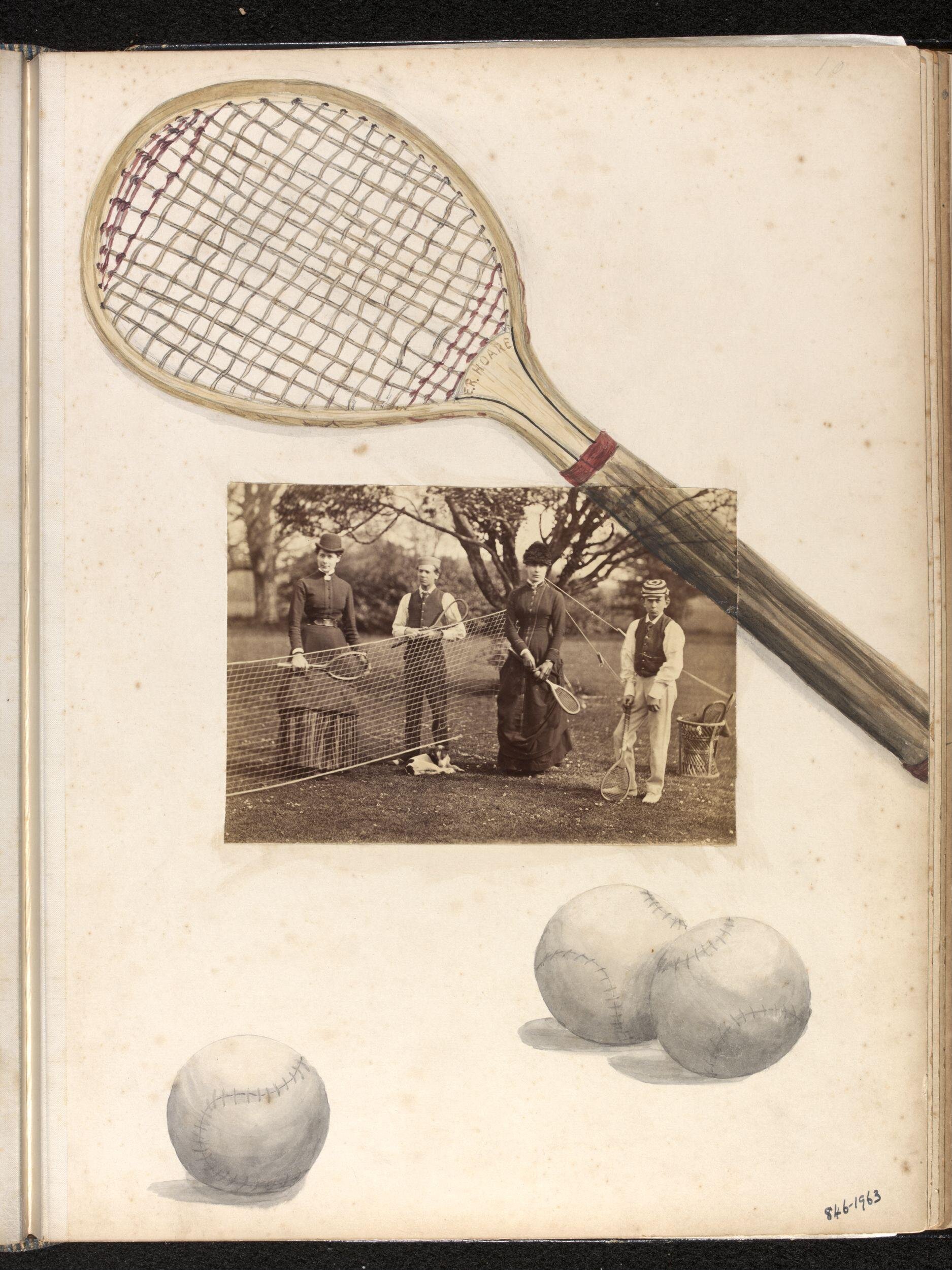
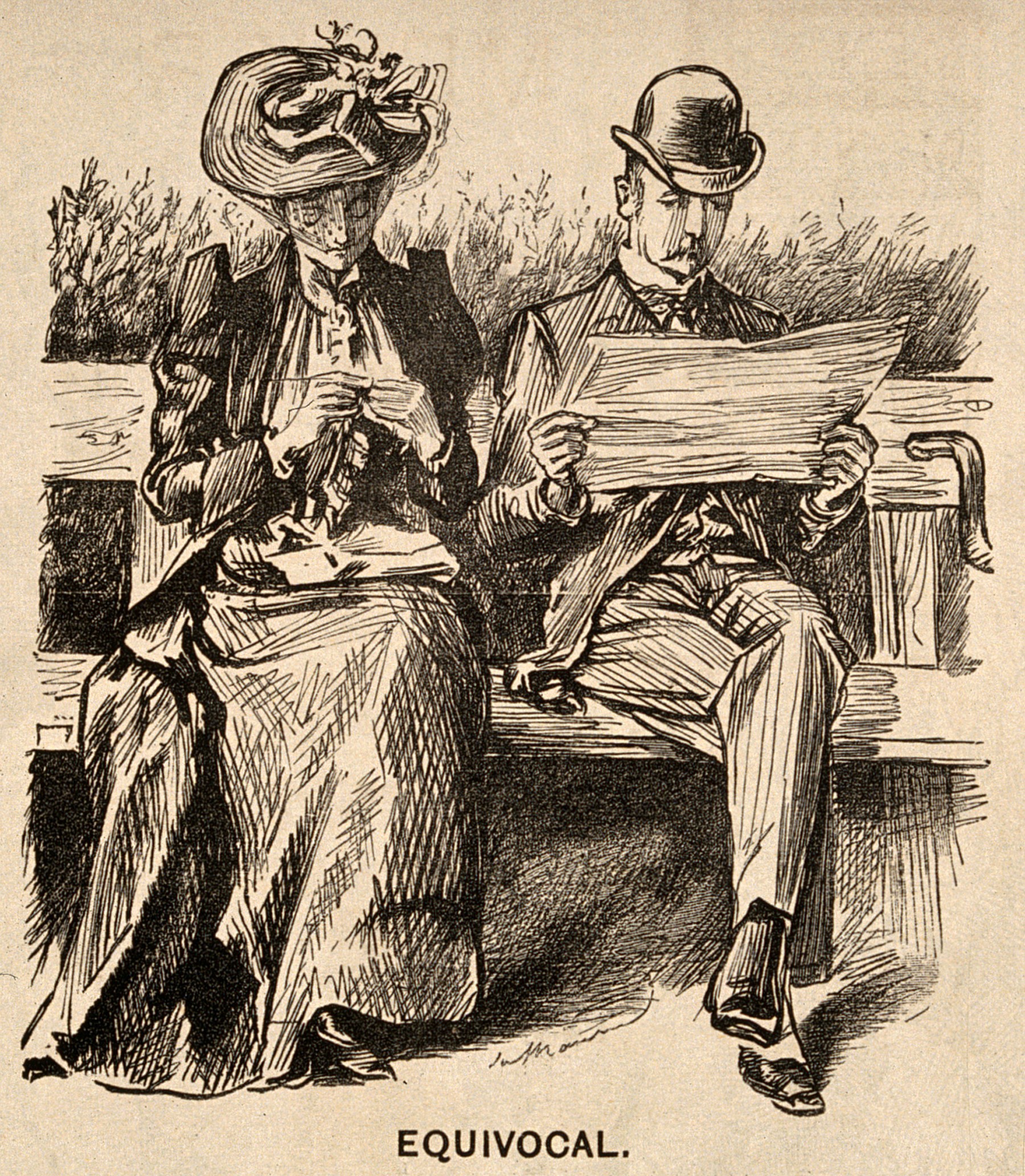
Leave A Comment